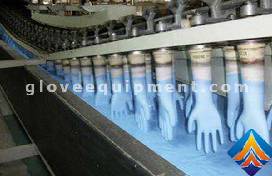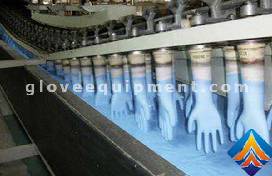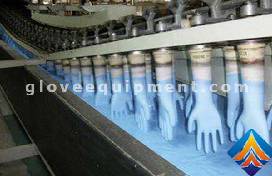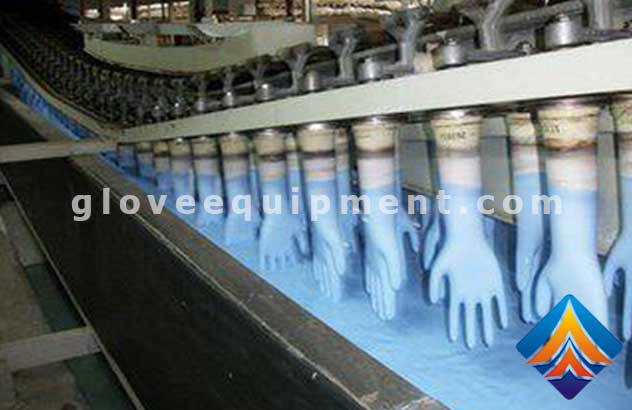As a kind of synthetic rubber, disposable nitrile gloves were really born and widely used in 1991, nearly a century later than latex gloves. Bayer is a German, he first developed synthetic rubber in 1909 and successfully synthesized polyisoprene.
However, due to the high cost, the supply and demand balance of natural rubber has not been truly utilized. After the outbreak of the First World War, the supply of natural rubber was in short supply and prices rose, causing more countries to start researching and developing synthetic rubber. In 1931, Germany was the first to synthesize butyronitrile and put it into mass production in Germany and the United States.
In the 1980s, AIDS broke out in a large area, and the medical industry's demand for latex gloves surged. Natural latex is in short supply and prices are rising. At the same time, accidents caused by latex allergies also occur frequently, accelerating the emergence of synthetic rubber gloves. Nitrile gloves, PVC gloves, polyethylene gloves are born accordingly.
The competitors of nitrile gloves are latex gloves, they are very close in performance, but they also have their own shortcomings. It is well known that latex gloves will cause allergic harm to a small number of people, and nitrile gloves use 100% chemical synthetic latex It does not contain allergens. So this is the point that nitrile gloves are stronger than latex gloves, but in terms of elasticity, nitrile gloves are not as good as latex gloves, but nitrile gloves still have a good fit, which is beyond doubt.
Nitrile gloves are also rich in colors. Not only are the colors designed to increase aesthetics, the colors of the nitrile gloves are more to improve the doctor's visual fatigue and improve the compatibility of colors when the doctor is working long hours. . Because even people who are not allergic to latex gloves like to use nitrile medical examination gloves.

Nitrile Gloves Machine
Disposable nitrile gloves have entered thousands of households and have been widely used. They can be seen everywhere in homes, hospitals, barber shops, etc. It can be said that disposable nitrile gloves have penetrated into all aspects of life and work. Sexual nitrile gloves are indeed convenient for daily work and life.
Disposable nitrile gloves are widely used, whether it is used in the food industry or other industries. This kind of disposable nitrile gloves can help us protect our hands from injury. The role of this disposable nitrile gloves is to When our hands become very rough, we can apply hand cream or olive oil on our hands and then wear disposable nitrile gloves. After a while, we will find that our hands become more delicate.
Disposable nitrile gloves are relatively common in our lives, assisting us to complete some tasks in life, and protecting our food hygiene and hand hygiene. In addition to these advantages, disposable nitrile gloves have once Nitrile gloves can also help us save costs, because the frequency of glove replacement in some industries is very high, and the use of disposable nitrile gloves can help us save money and cost.
We are Nitrile Gloves equipment Suppliers. Our company provides high-quality Nitrile Gloves Machine. If you are interested in our products, please feel free to contact us.



